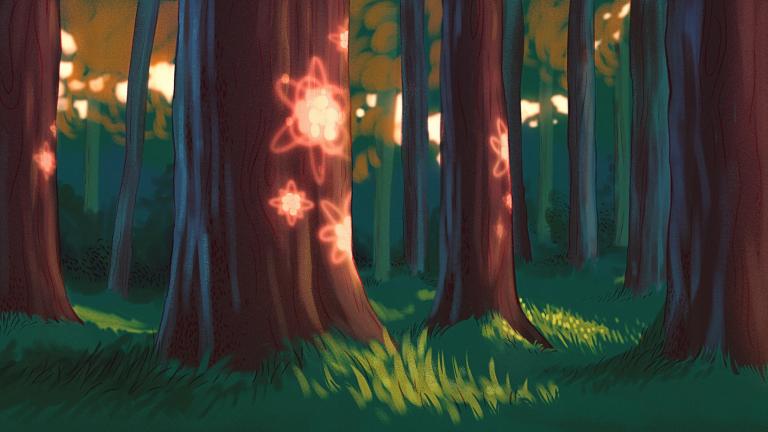
Fifty-three million years ago, the Earth was much warmer than it is today. Even the Arctic Ocean was a balmy 50 °F—an almost-tropical environment that looked something like Florida, complete with swaying palm trees and roving crocodiles.
Then the world seemed to pivot. The amount of carbon in the atmosphere plummeted, and things began to cool toward today’s “icehouse” conditions, meaning that glaciers can persist well beyond the poles.
What caused the change was, for decades, unclear. Eventually, scientists drilling into Arctic mud discovered a potential clue: a layer of fossilized freshwater ferns up to 20 meters thick. The site suggested that the Arctic Ocean may have been covered for a time in vast mats of small-leaved aquatic Azolla ferns. Azollas are among the fastest-growing plants on the planet, and the scientists theorized that if such ferns coated the ocean, they could have consumed huge quantities of carbon, helping scrub the atmosphere of greenhouse gasses and thereby cooling the planet.
Patrick Mellor, paleobiologist and chief technology officer of the biotech startup Living Carbon, sees a lesson in the story about these diminutive ferns: photosynthesis can save the world. Certain fluke conditions seem to have helped the Azollas along, though. The arrangement of continental plates at the time meant the Arctic Ocean was mostly enclosed, like a massive lake, which allowed a thin layer of fresh river water to collect atop it, creating the kind of conditions the ferns needed. And crucially, when each generation of ferns died, they settled into saltier water that helped inhibit decay, keeping microbes from releasing the ferns’ stored carbon back into the atmosphere.






